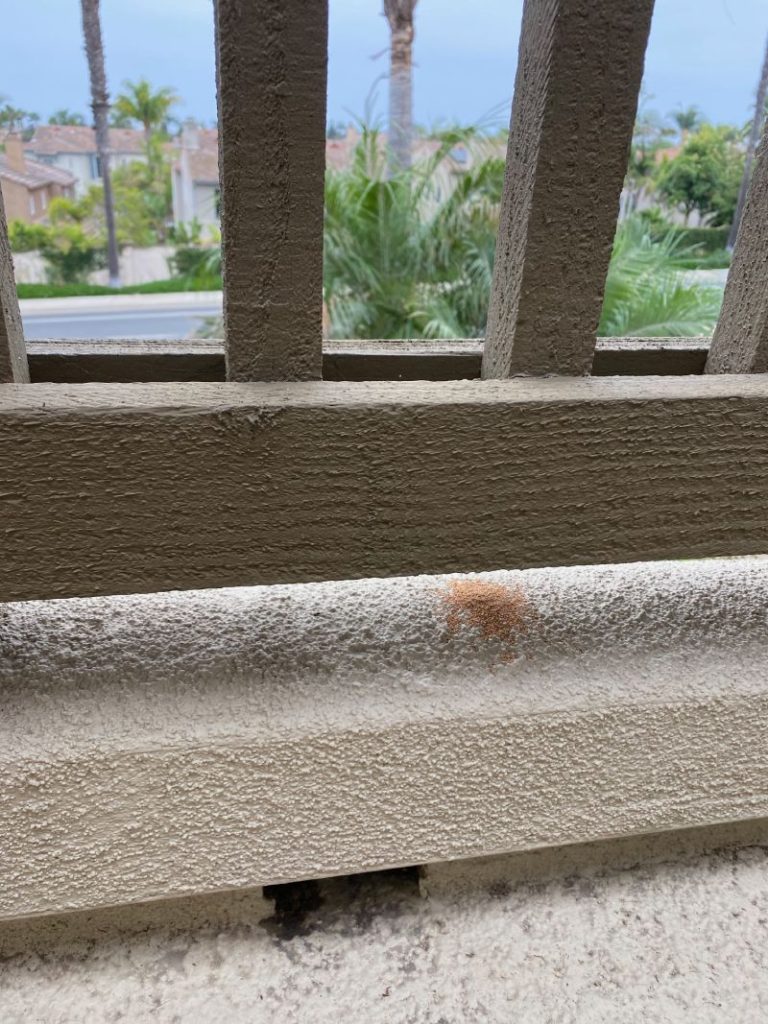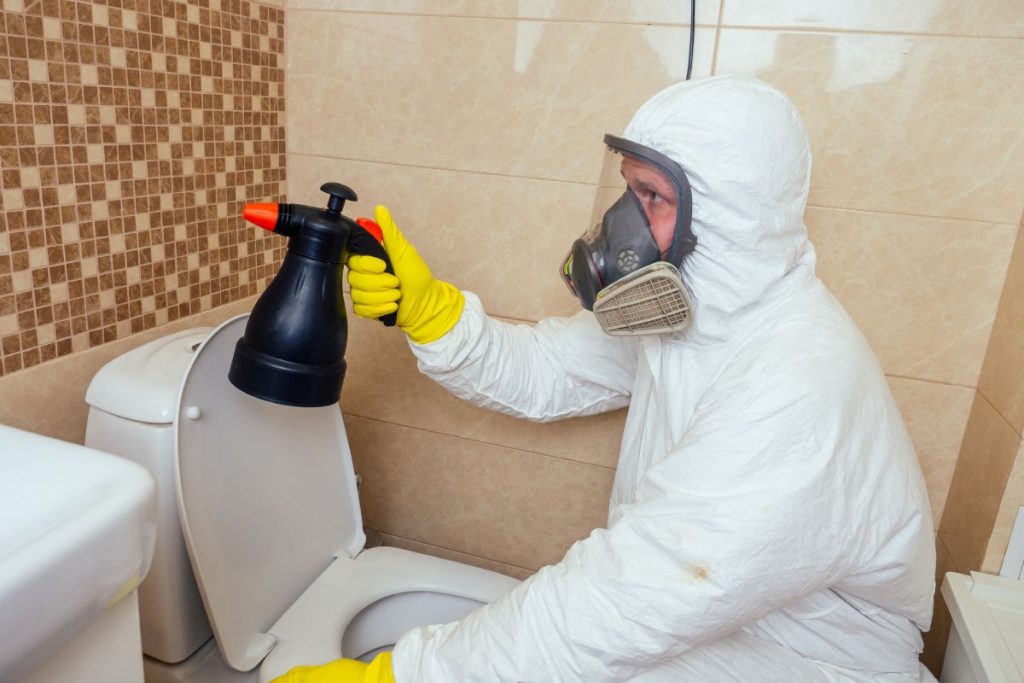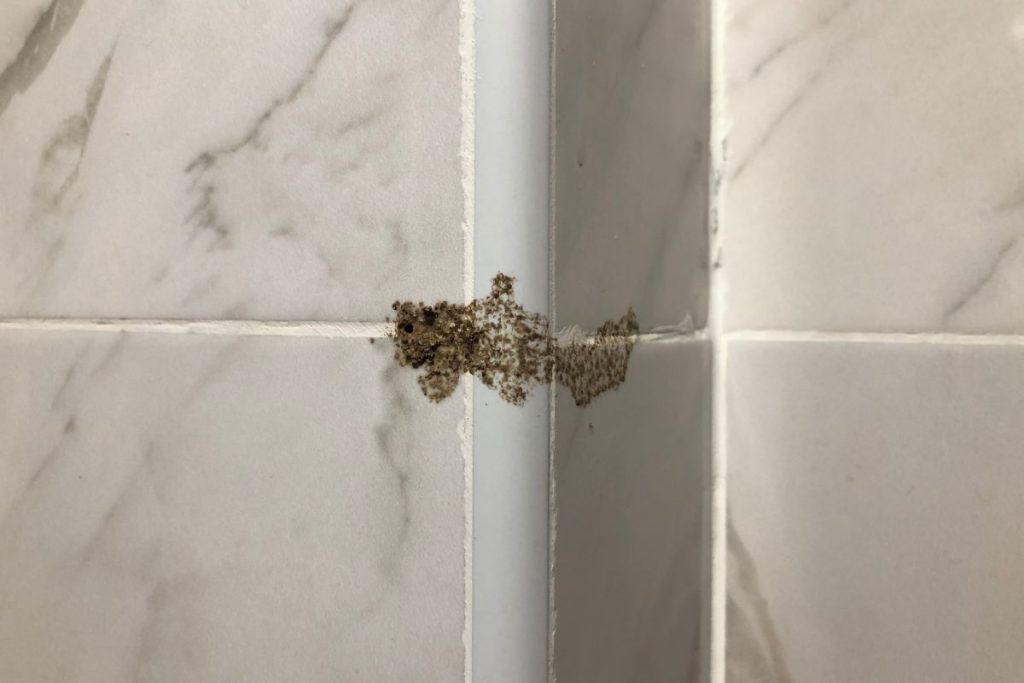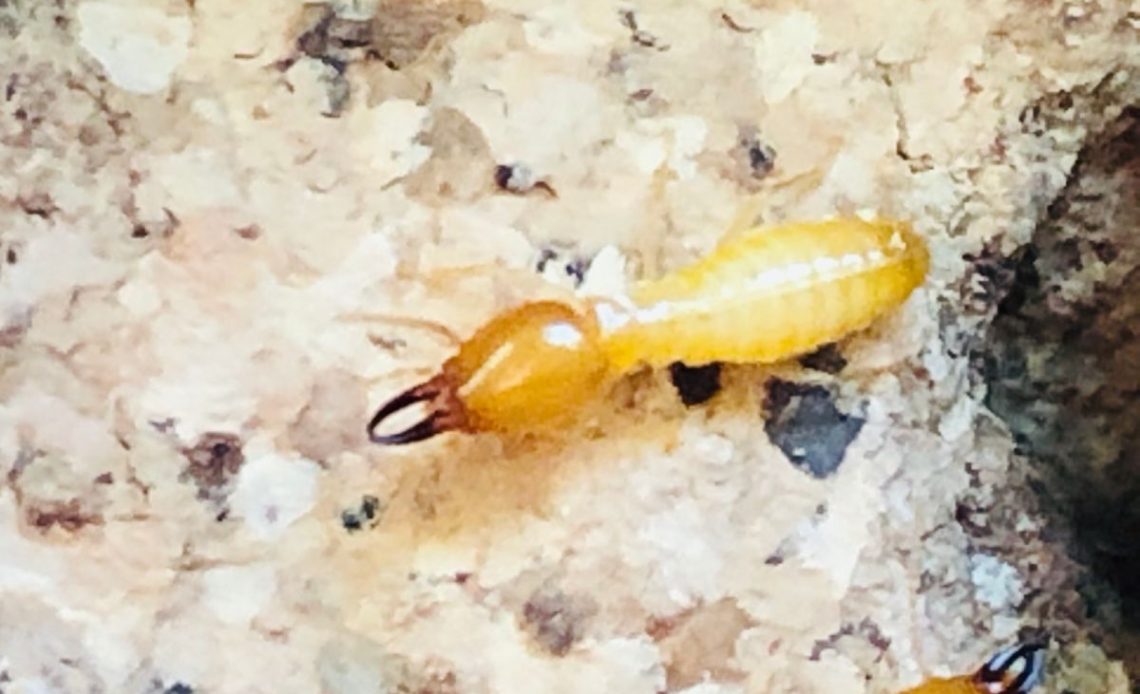If you’re concerned about the possible presence of termites in your house, you should inspect your house carefully and, if necessary, call a specialist to get rid of them. Termites can pose a major danger to your house if they are allowed to colonize. In fact, it is said that these pests infest one out of five Australian houses every year. So the chances that your home may be among them are significant.
There are signs that you can look out for to detect the presence of termites. Although they are not necessarily dangerous in small numbers, the real danger comes when they form colonies and start to eat into furniture and other parts of your home in large numbers.
What are the signs of termites?
There are specific things that you can look for in your house that could be indicators of termites. If you start to notice these problems, you can call Expert Pest Control in Wahroonga to come and inspect your house further:
- Damage to drywall. Drywall is used to cover walls and ceilings. Termites feed on its cellulose material and can cause major damage to it. If your drywall becomes discoloured, starts to droop, or has small holes in it, you’ll know it’s time to call termite experts to inspect the walls. It sometimes goes unnoticed as the termites tend to eat through drywall from the inside out. Nonetheless, you should take action at signs of potential damage.
- Paint that starts to peel and appears to have water damage. As termites are attracted to moisture, they tend to colonize inside walls and create the moisture that they need to survive. The outside air is too dry, so termite colonies often remain just below the surface of the wood. The moisture brought in gradually affects layers of paint on top of the wood, which gives it the appearance of having water damage. If you start to notice paint that appears bubbly or starts to peel, this may be an indication of termite infestation.
- Wood or laminate floors that become weak and tend to buckle. Termites can be dangerous to wood floors, particularly because their tendency is to infest the lower layers of wood that are softer than the outer layers. For this reason, termite damage might go unnoticed for long periods of time. Eventually, the outer layers of the floor will start to become weak, and it might only be upon inspection of the lower layers that you notice major damage caused by termites.
Also, if your floors either start to squeak or produce a hollow sound when walked on, this could be an indication of termite damage.
- Tiles that loosen more easily than they should. As mentioned above, termites gather and remain where they find moisture. This can also happen beneath tiles in your house. If you find that your tiles start to loosen due to excessive moisture beneath them, this could be a sign of termites.
What’s the fastest way to get rid of termites?
There are a few different ways to get rid of termites, depending on the type and degree of damage to your house. For termites that have infested dry wood, there are three different treatments that are typically used:
- Boric acid. Boric acid is a commonly used pesticide for different purposes. Spraying it onto areas infested by termites can kill them by dehydrating them.
- Orange or neem oil. If your termite problem is not very severe, you might try one of these organic oils. They act more slowly than boric acid does. These oils prevent termites from reproducing and therefore small-scale infestations will stop growing in volume with their use.
- Termiticide to fill in holes. For certain kinds of wood, termite colonies can be targeted by drilling holes in the wood and filling them in with termiticide. Holes should be placed approximately 25 centimetres apart, and after spraying they should be filled in with putty.

There is also a separate category of “subterranean termites.” This can be a serious problem because when termites start to infest the ground around your house, they can be very difficult to get rid of.
However, there are methods that experts employ to get rid of subterranean termites:
- Parasitic roundworms. There is a class of roundworms known as “beneficial nematodes” which, when they come into contact with termites, can poison them and kill them off. If you choose this method, you should sprinkle the problematic area with potting soil, water, and the nematodes.
- Various types of insecticides. The most effective type of insecticide is termite foams. If you spray this foam into cracks where termites are hiding, the termites will come into contact with the foam’s chemical residue and die. For areas that cannot be reached with termite foam, there are different types of dust agents that can be used.
- Termite baits. Termite baits act to bait other types of pests that will act as agents to poison the termites. These bait “stations” act somewhat more slowly than other methods, but can be a good long-term solution.
- Termite barriers. Another thing that you can do is try to create a barrier around the area of your house to prevent termites from coming in. There are liquid termiticides that you can spray on the soil around your house that will immediately kill any termites that come into contact with them.

Can you get rid of termites permanently?
While you can never completely eliminate termites from the wider environment, you can take measures to ensure that the area around your home is taken care of. This doesn’t necessarily mean that the pests will never return. Still, you can stave off infestations by staying alert to the signs of problems, and by having your house inspected by professionals. The more vigilant you are about keeping your home free of them, the less likely they are to become a major problem.




